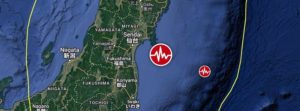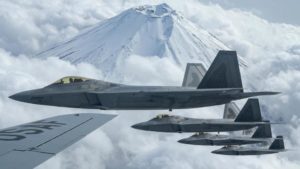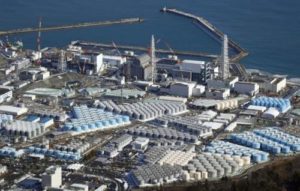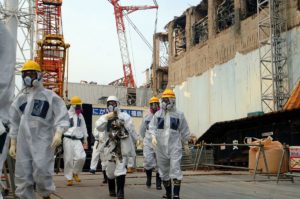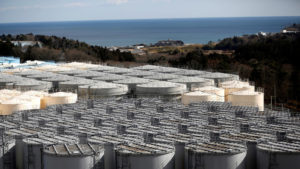

Milton Quintanilla – July 8, 2022
Hospital officials in Japan have confirmed that former Japanese Prime Minister Shinzō Abe died after he was shot during a campaign speech in Western Japan Friday morning.
Abe, Japan’s longest-serving prime minister, was shot twice from behind while speaking to a crowd on the streets of Nara on Friday. Abe was delivering a campaign speech ahead of an election for the parliament’s upper house this Sunday.
Video footage posted to social media shows Abe speaking when a loud bang erupted, and smoke began to rise from behind the former Prime Minister. The first shot, however, missed the former prime minister, who paused and turned around only to get shot at again seconds later. The second shot struck Abe in the chest, causing him to collapse to the ground. His security then tackled and arrested the gunman, later identified as 41-year-old Tetsuya Yamagami. According to the Japanese outlet NHK World News, a police officer retrieved a gun at the scene that is believed to be homemade.
Yamagami, who served in the Japanese Maritime Self-Defense Force (JMSDF) for three years, reportedly told police that he was dissatisfied with the former prime minister and sought to assassinate him.
According to Fox News, Abe was left unconscious and in cardiac arrest after being shot. He was taken to a hospital for treatment but later succumbed to his injuries.
Doctor Fukushima Hidetada of Nara Medical University told NHK World News that a team of more than twenty doctors spent four hours trying to save Abe’s life.
“We tried to resuscitate him, but, unfortunately, he died at 5:03 pm,” he said.

